October 29, 2025
Data Shows Endangered Palau Ground Doves Swiftly Recovering After Successful Palauan Island Conservation Effort
Astounding evidence of recovery on Ulong Island in Palau after just one year!
Published on
May 9, 2017
Written by
Sara Dubois
Photo credit
Sara Dubois
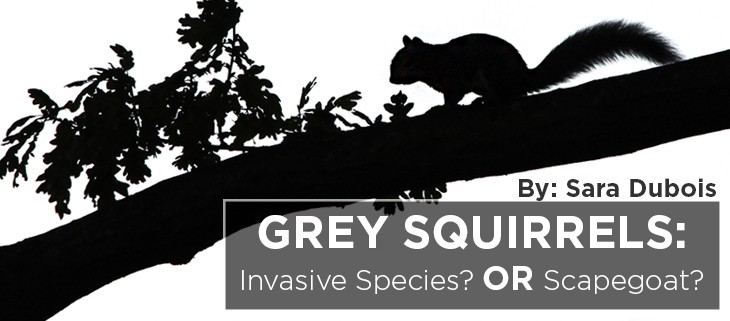
Depending on where you live in Canada, west or east coast, your experience with Grey Squirrels (Sciurus carolinensis) will vary. If you grew up in Ontario, Quebec, New Brunswick, Manitoba, and even parts of Saskatchewan, native Grey Squirrels have always thrived as the largest nut-eating tree squirrels in hardwood forests and urban centres. In their native provinces, Grey Squirrels play a vital role in forest regeneration. However, in western Canada, introduced Grey Squirrel populations have been identified as the cause for declines in native squirrel populations. How did this happen?
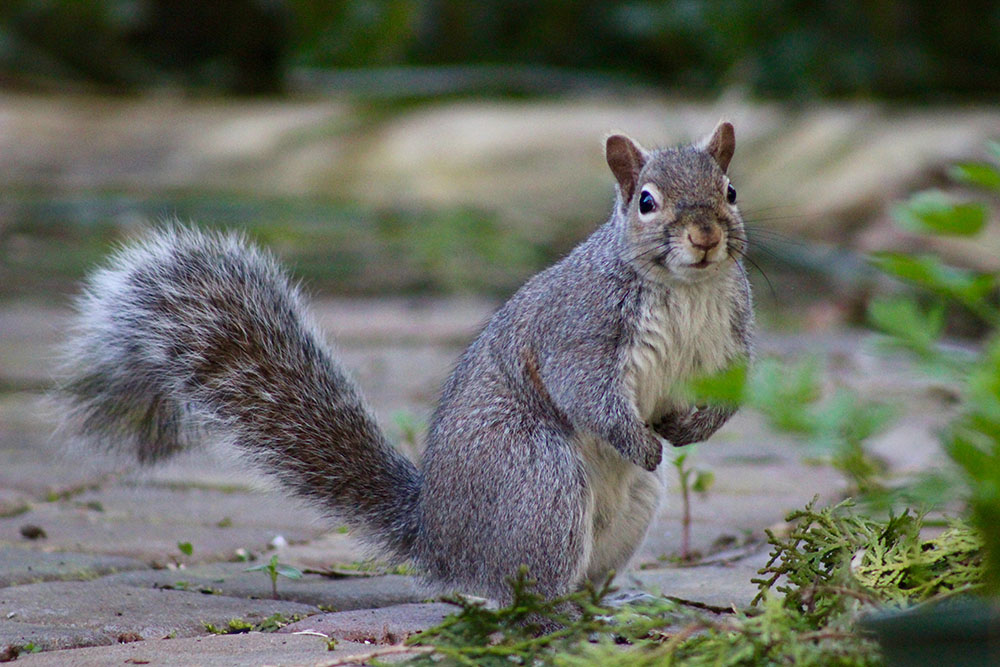
Once Grey Squirrels crossed these provincial boundaries—intentionally or inadvertently introduced as tokens of travels in North America, from game farms, or as unwanted pets in the United Kingdom (in the 1870s), western Canada (1914), and Italy (in 1948)—their reign as a notorious invasive species began. In the United Kingdom, the introduction and range expansion is quite concerning; these Grey Squirrel populations carry parapoxvirus which has devastating effects on native European Red Squirrels (Sciurus vulgaris). Thankfully, parapoxvirus has never been found in North American populations of Grey Squirrels. Mass sterilization efforts in the United Kingdom are now being considered given that decades of culling programs failed to manage their expansion.The conflict in Europe resulted in Grey Squirrels being listed among the 100 worst invasive species in the world according to the IUCN and cemented their reputation as a bad invader.
Supporters of Grey Squirrel culls in North America will often refer to the European situation, but it’s an inaccurate comparison because, as mentioned, Grey Squirrels are native to five Canadian provinces, and do not carry parapoxvirus.
Grey Squirrels were first introduced in Vancouver, BC in 1914 and on southern Vancouver Island near Victoria, BC in the late 1960s. They have well-established populations in these highly developed and growing urban areas. For example, their population is estimated at more than 75,000 in Greater Victoria. Although Grey Squirrels co-occur with Red Squirrels over large parts of North America, Grey Squirrels have been more successful in these new environments than BC’s native Red Squirrel (Tamiasciurus hudsonicus; different than European species). Why have Grey Squirrels been more successful establishing populations in these new environments?
Although Grey Squirrels co-occur with Red Squirrels over large parts of North America, Grey Squirrels have been more successful in these new environments than BC’s native Red Squirrel.
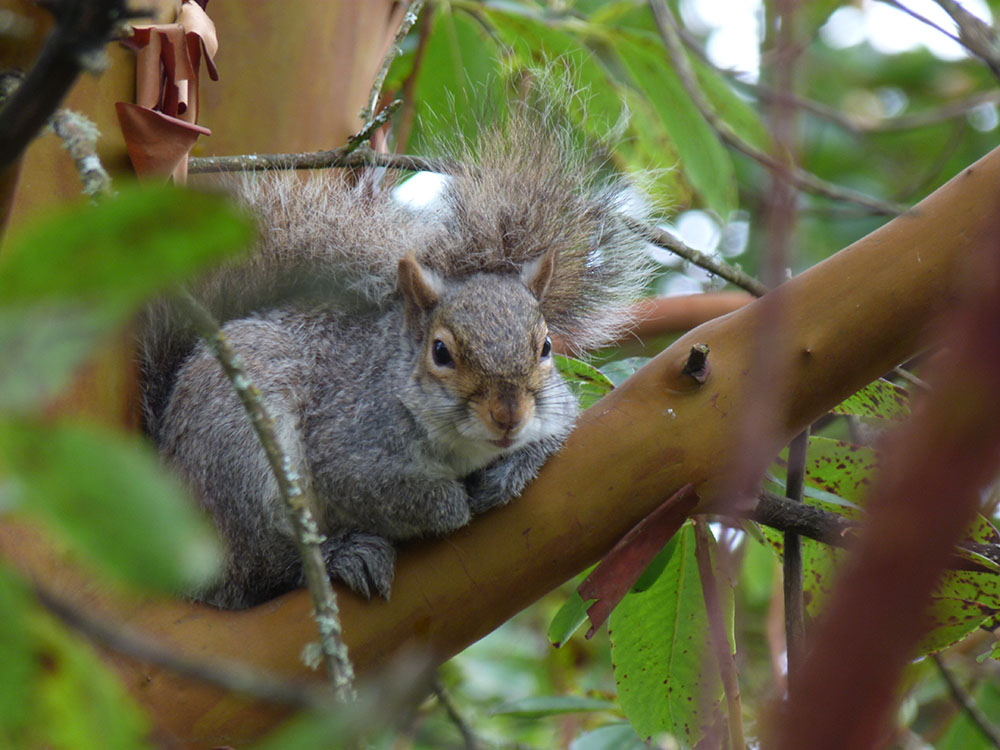
Red Squirrels’ preferential habitat on Vancouver Island is being increasingly lost to urbanization, and not because of the competitive displacement by Grey Squirrels seen in Europe, (Gonzales 2005). Similar research in Vancouver found little evidence of Douglas Squirrel (Tamiasciurus douglasii) declines despite populations of Grey Squirrels. Results suggest native squirrel declines or range loss in BC are more likely the result of lost habitat (coniferous trees) from urbanization on southern Vancouver Island and the Lower Mainland (Gonzales 2005; Hwang and Larivière 2006; Gonzales et al. 2008).
Results suggest native squirrel declines or range loss in BC are more likely the result of lost habitat.
So, why even debate whether a non-native species is invasive and whether it should be on island? We know this is a bad thing right? Well, context is needed here. Vancouver Island is 32,134km2—not your typical “island”. Greater Vancouver (2,700km2), surrounded by ocean and mountains, could also be compared to an island given its geographic separation. In both areas, established populations of Grey Squirrels have been the only squirrel species that multiple generations of the public have grown up with in their backyards. This goes for their predators (hawks, owls, coyotes) as well. Further, many of these compassionate members of the public take injured squirrels to wildlife rehabilitation facilities in Vancouver and Victoria, which have always treated them.
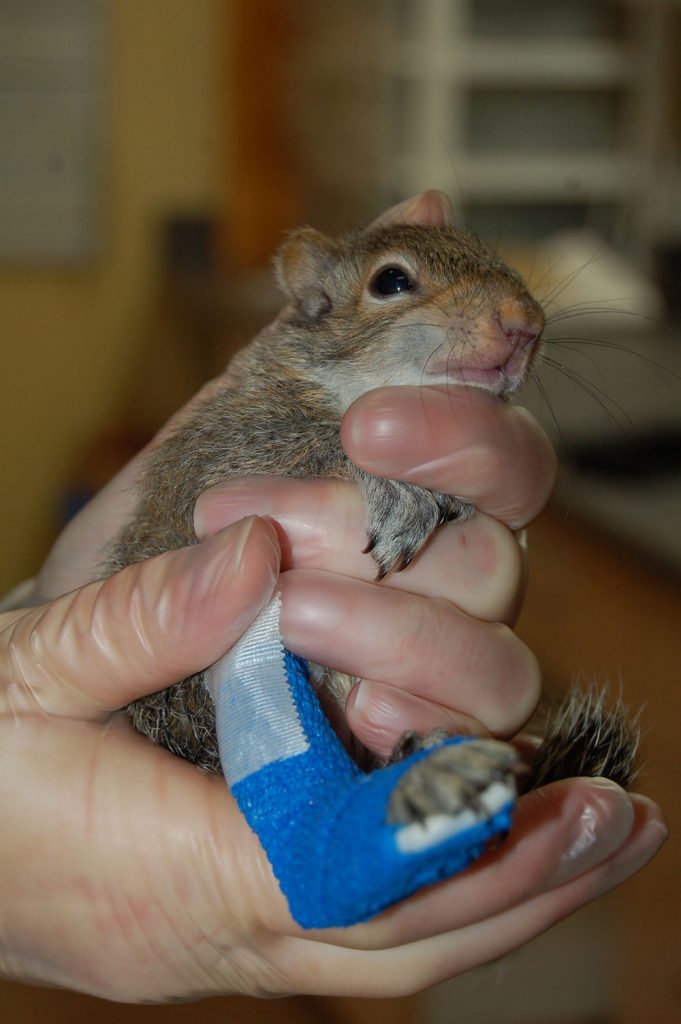
Governments in western Canada have no plan to eradicate these populations, which would likely be incredibly difficult given their extensive range on the mainland.
Instead, the challenge now is to ethically manage established non-native populations and prevent their spread.
We know that increasing urbanization (and concurrent habitat loss) will continue to displace native squirrels, and Grey Squirrels will continue to thrive with urbanization. With this understanding of the role habitat loss plays in North American native squirrel decline, hopefully the Grey Squirrel will no longer be the scapegoat.
Featured photo: Grey Squirrel on Oak tree. Credit: John Boyle
http://onekind.scot/uploads/publications/0811_grey_squirrel_populations.pdf
http://www.issg.org/worst100_species.html
http://onlinelibrary.wiley.com/doi/10.1111/cobi.12896/full
https://www.canadianveterinarians.net/documents/west-coast-veterinarian-magazine-spring-2017
Check out other journal entries we think you might be interested in.

October 29, 2025
Astounding evidence of recovery on Ulong Island in Palau after just one year!
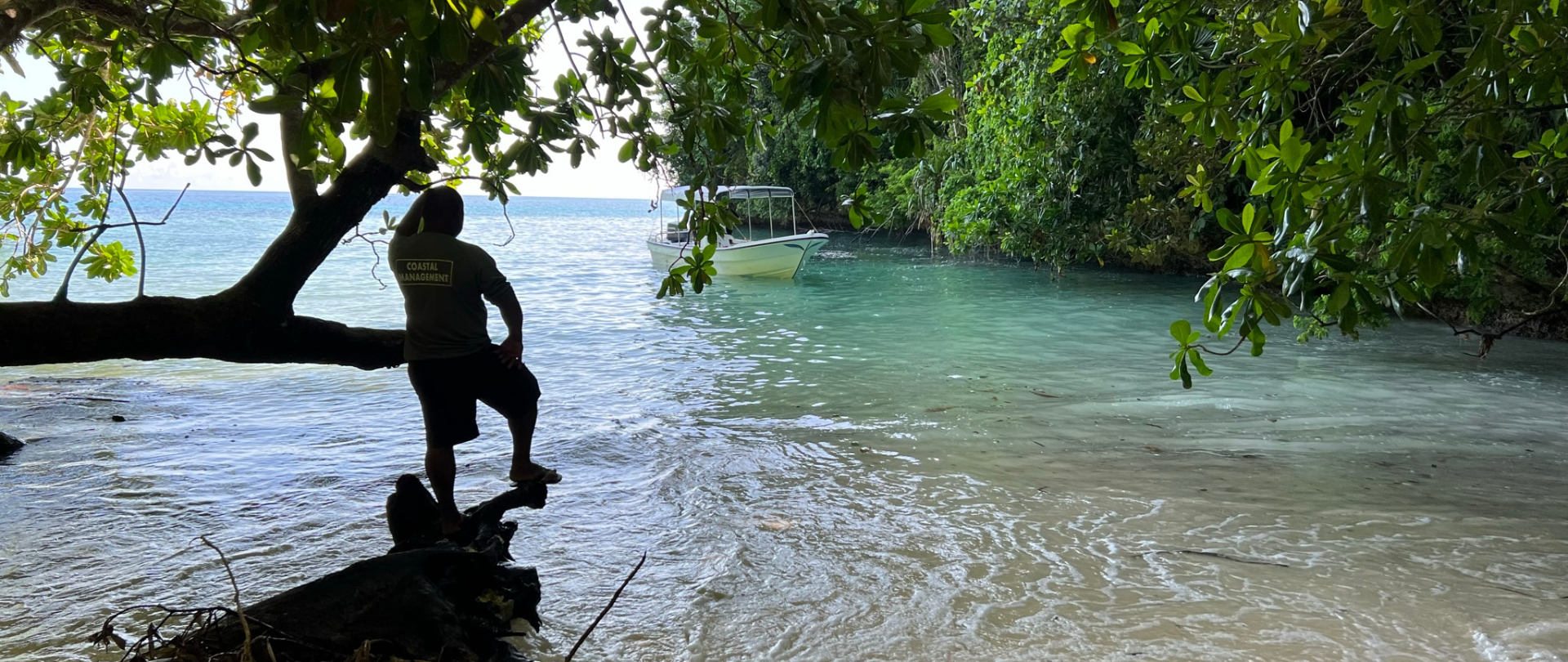
May 19, 2025
Read our position paper on The 3rd United Nations Ocean Conference (UNOC 3) to see why we're attending and what we aim to accomplish!

December 4, 2024
Ann Singeo, founder of our partner organization the Ebiil Society, shares her vision for a thriving Palau and a flourishing world of indigenous science!
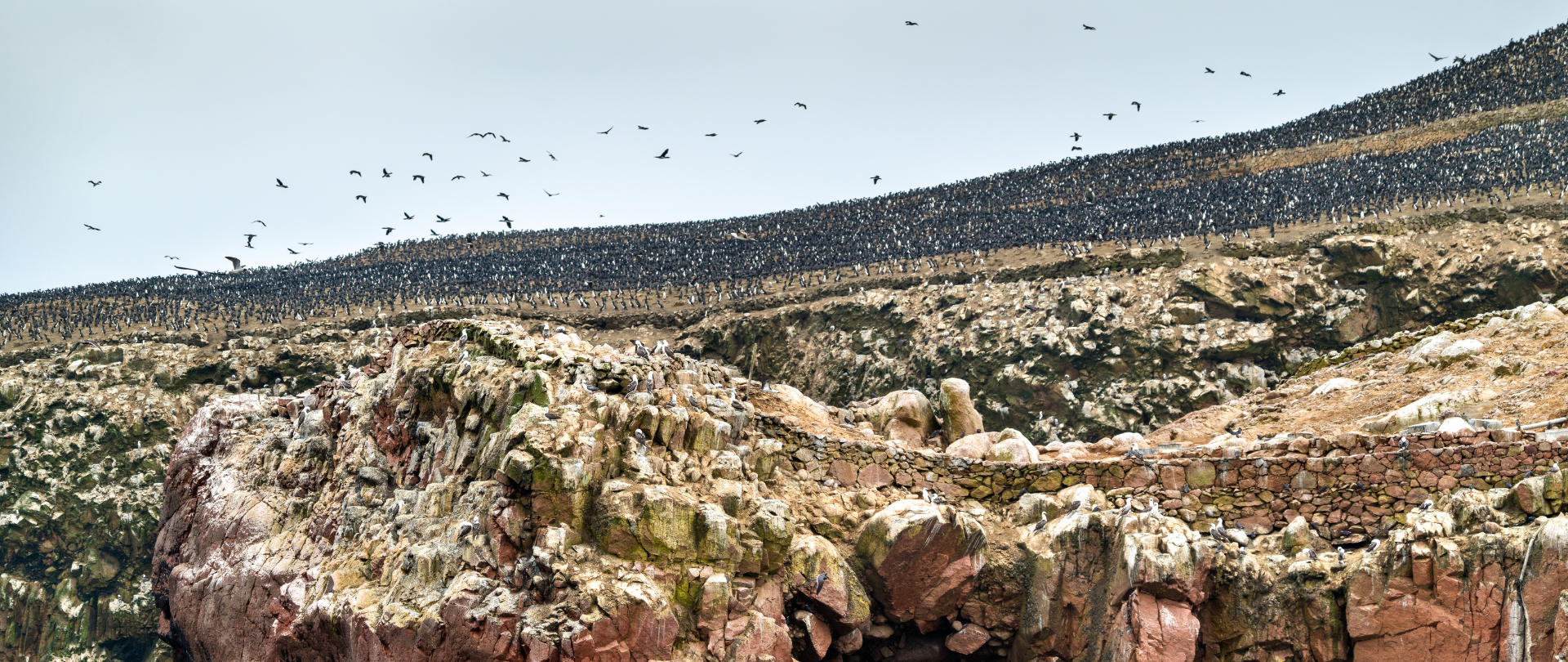
November 22, 2024
This historic agreement aims to protect the marine and coastal areas of the Southeast Pacific.
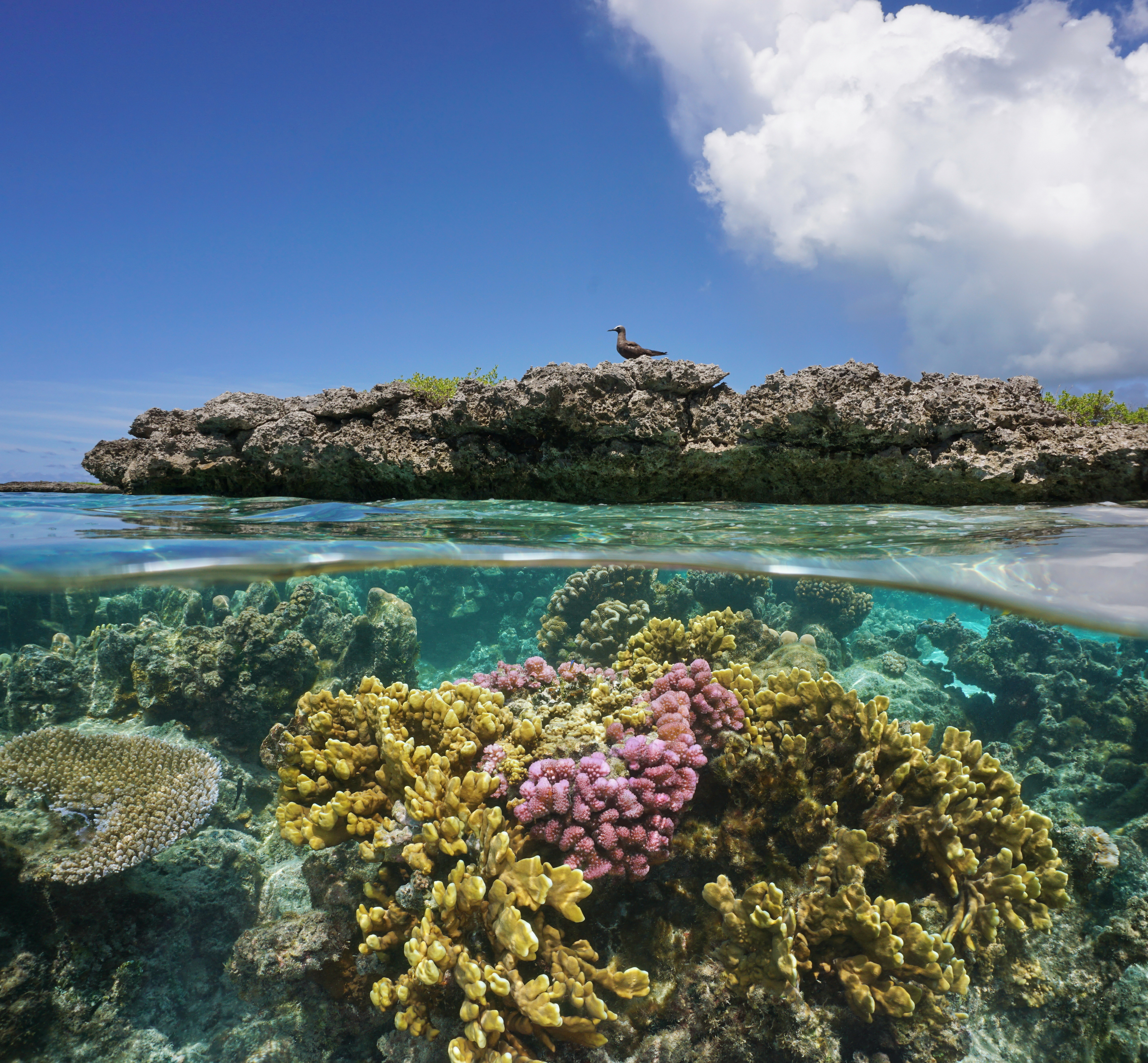
November 18, 2024
Our projects to restore key islets in Nukufetau Atoll forecast climate resilience and community benefits in Tuvalu!
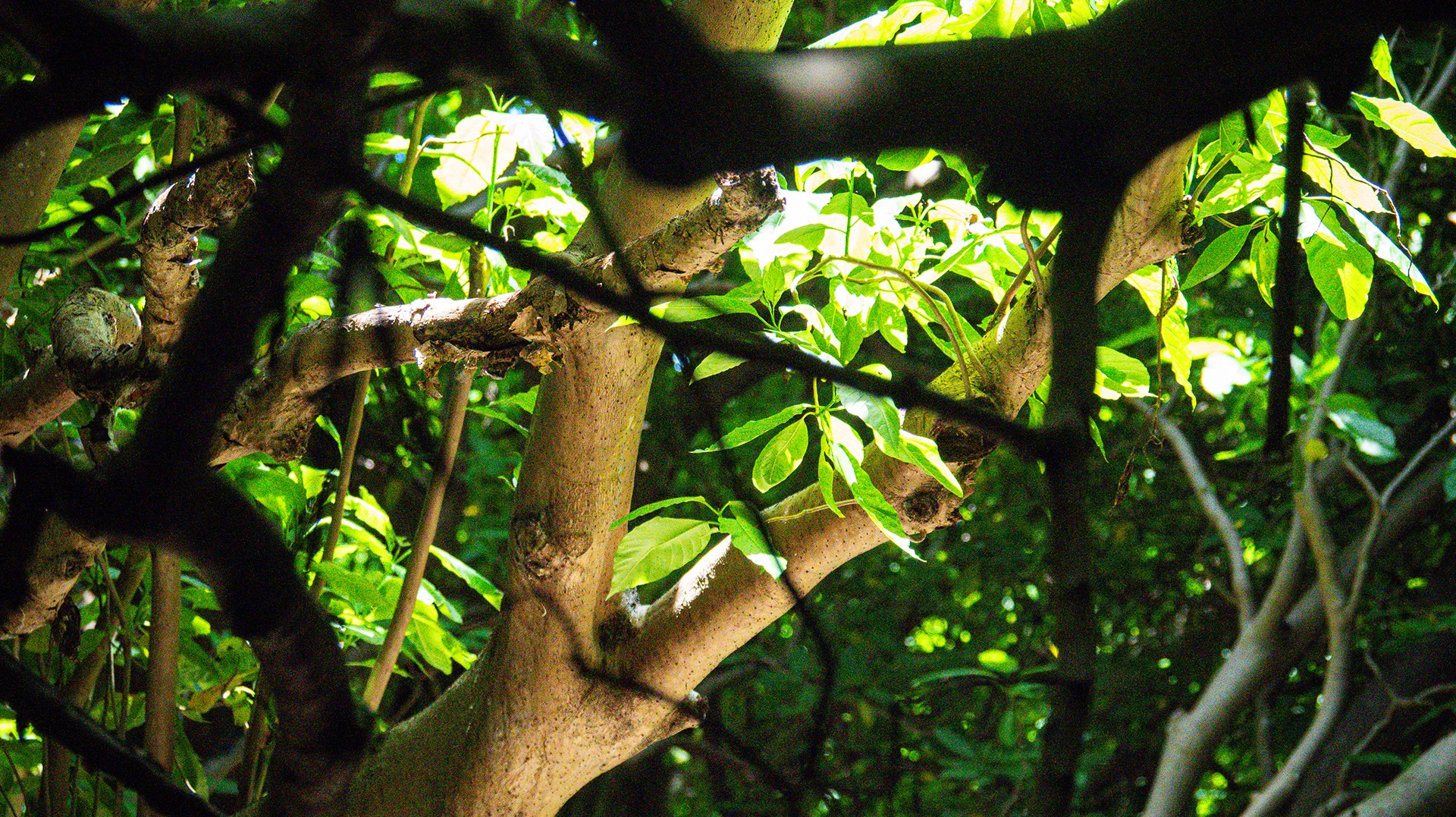
October 3, 2024
Island Conservation and partners have published a new paper quantifying ecosystem resilience on restored islands!
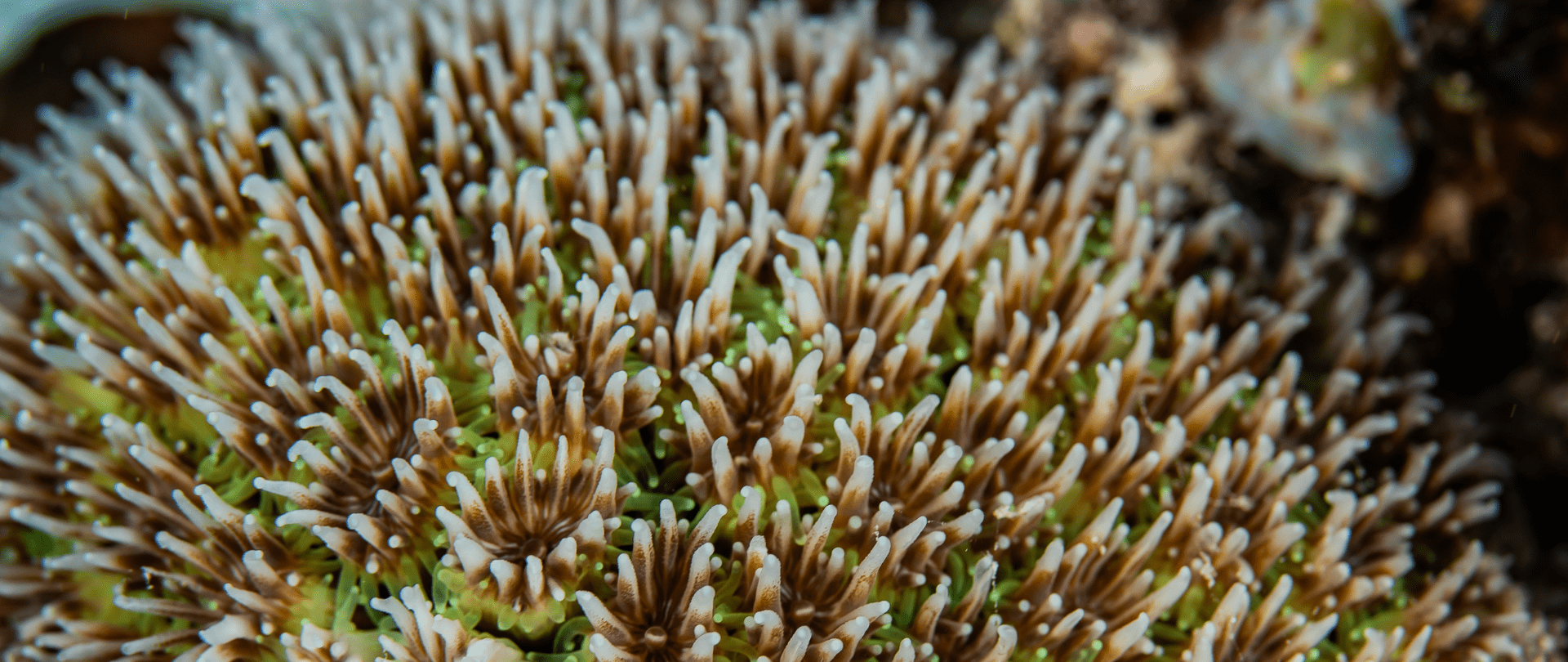
September 10, 2024
Climate Week NYC: what is it and why is it important? Read on to find out why Island Conservation is attending this amazing event!

September 5, 2024
With sea levels on the rise, how are the coastlines of islands transforming? Read on to find out how dynamic islands really are!

December 14, 2023
Join us in celebrating the most amazing sights from around the world by checking out these fantastic conservation photos!
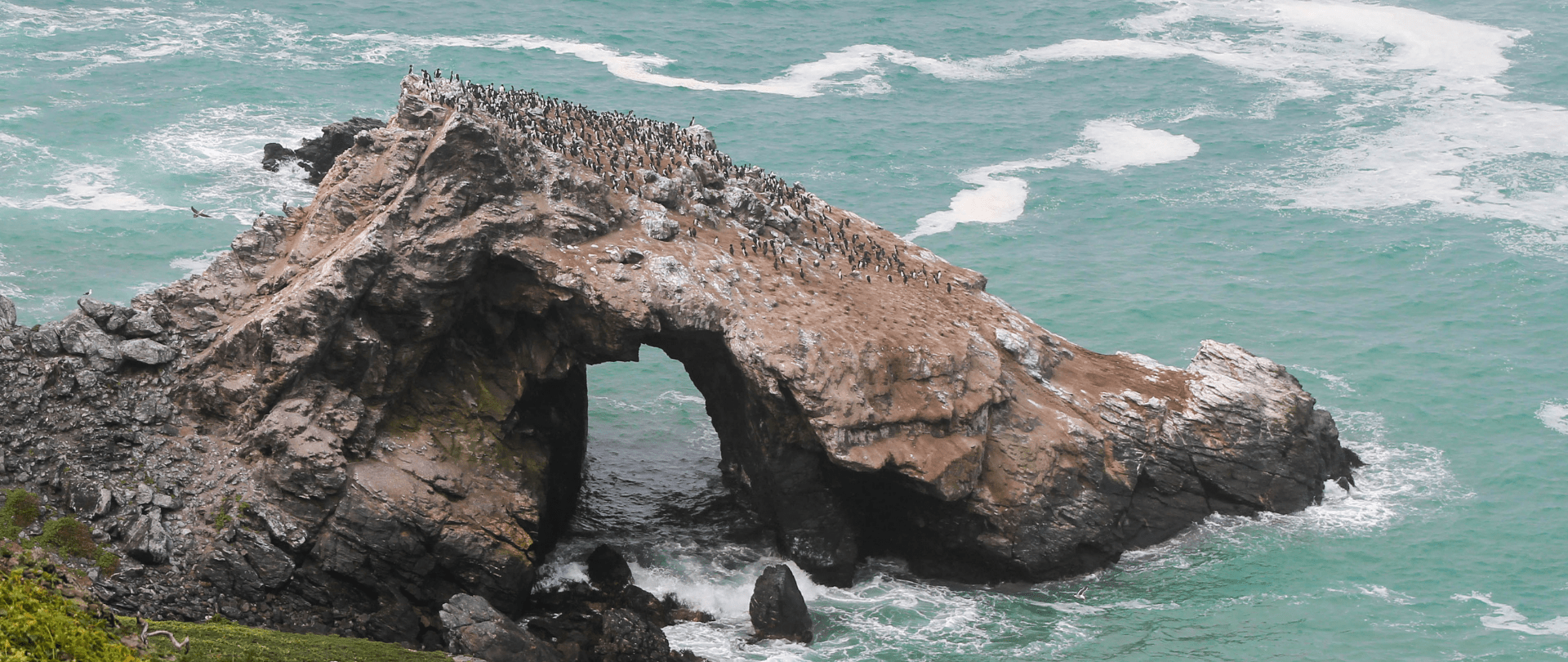
November 28, 2023
Rare will support the effort to restore island-ocean ecosystems by engaging the Coastal 500 network of local leaders in safeguarding biodiversity (Arlington, VA, USA) Today, international conservation organization Rare announced it has joined the Island-Ocean Connection Challenge (IOCC), a global effort to…